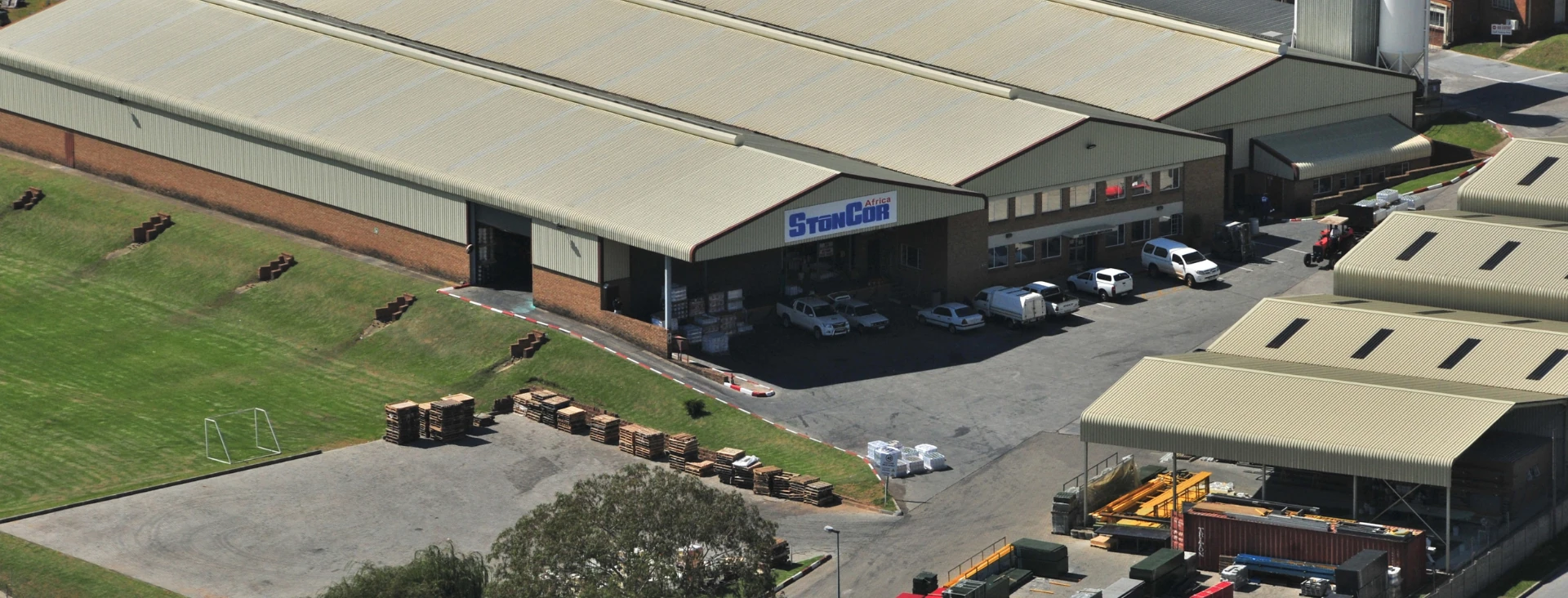
About Us
Euclid Chemical is a world leading manufacturer of specialty chemical products for the concrete and masonry construction industry. For over a century, Euclid Chemical has built a reputation on quality products, innovation, and putting people first. Our team of industry experts provides service and support that make working with us easy.
LOCATE A BRANCH
Our Head Office
- ADDRESS:
- Midrand Industrial Park,
- 8 Cresset Rd,
- Chloorkop,
- Midrand,
- 1685
EMAIL:
stoncorsa@stoncor.com

